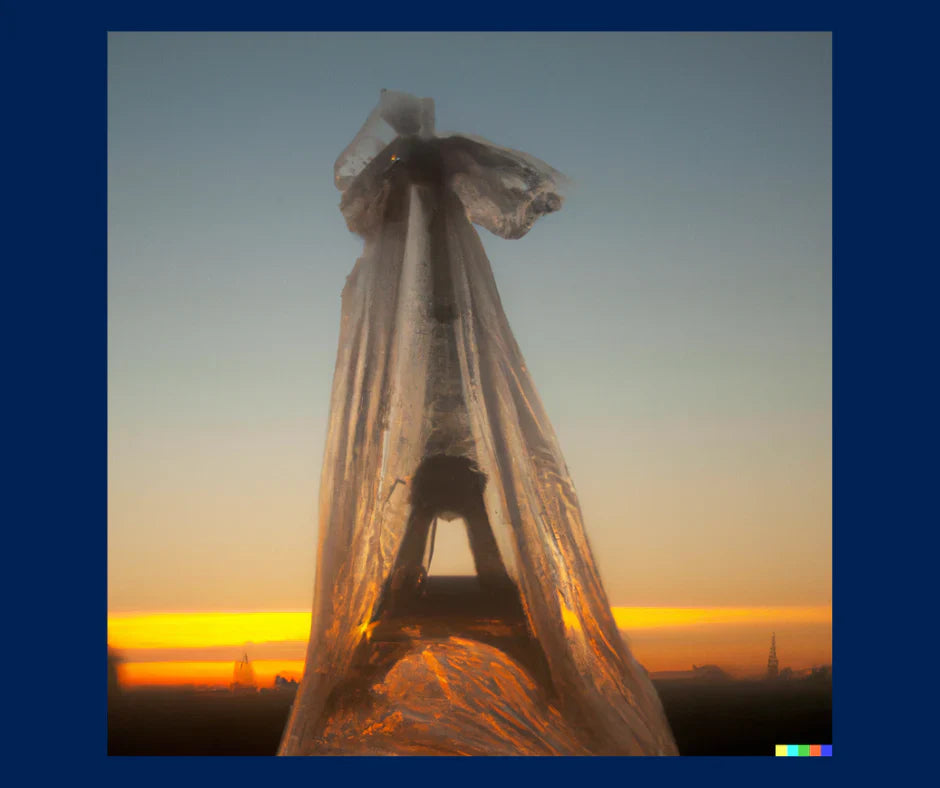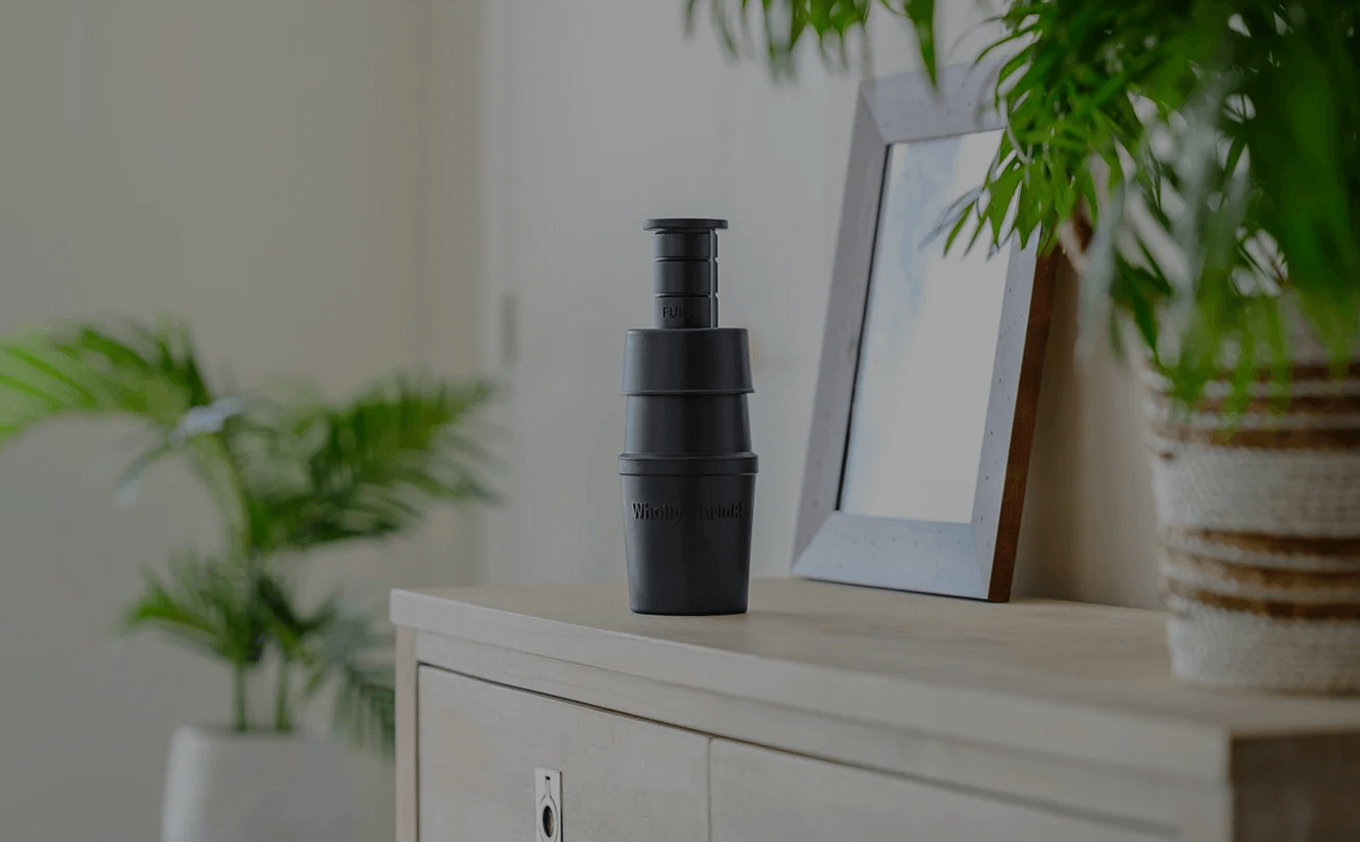
The plastic summit in Paris: a battle for the planet
Imagine a world where plastic is everywhere. Where it fills our oceans, our landfills, our streets and our bodies. Where it kills our animals, harms our health, heats up our climate and costs us billions. Sounds like a nightmare, right? Well, that’s the reality we’re facing if we don’t act fast.
That’s why the UN decided to create a global treaty to end plastic pollution once and for all. A treaty that would make countries work together to stop producing so much plastic, to use it more wisely and to recycle it more efficiently. A treaty that would make the world a cleaner, safer and greener place.
But making such a treaty is not easy. It takes a lot of time, effort and compromise. And it also takes a lot of courage to stand up to those who don’t want to change.
That’s what happened at the plastic summit in Paris last week. It was the second meeting of a special committee that was set up to draft the treaty. The committee had 175 countries on board, but not all of them were on the same page.
Some countries, like Saudi Arabia, Iran and Kuwait, were against the treaty. They said it would hurt their economy and their sovereignty. They said they could handle plastic pollution on their own, without any rules or obligations. They tried to block the talks and delay the process.
But other countries, like France, Germany and Kenya, were in favour of the treaty. They said it was urgent and necessary to tackle plastic pollution. They said it was a matter of survival and justice for people and the planet. They pushed for strong and clear goals. They also showed how they were already taking action to reduce plastic waste and promote recycling.
For example, France announced that it would ban single-use plastic plates, cups and cutlery by 2024. Germany said it would introduce a deposit scheme for plastic bottles and cans by 2023. Kenya shared how it had banned plastic bags in 2017 and how it was working with local communities to collect and recycle plastic waste.
The summit also heard from other voices who cared about plastic pollution. There were mayors from different cities who showed how they were making their urban areas more eco-friendly. There were scientists who explained how plastic was affecting our health and our environment. There were NGOs who exposed the impacts of plastic on wildlife and human rights. There were businesses who shared their innovations and solutions for a circular economy for plastic. There were philanthropies who offered their support and funding for the treaty.
All these voices made a difference. They inspired and motivated the countries to find a way forward. They helped them overcome their differences and reach a common ground.
After five days of hard work and negotiation, the summit agreed to have a first draft of the treaty ready by November this year. The draft will include the main elements of the treaty, such as:
- What the treaty wants to achieve and why
- What the countries have to do to prevent, reduce and manage plastic pollution
- How the countries will get help to implement the treaty, such as money, technology, training and education
- How the treaty will be organised and run, such as who will be in charge, who will check on progress and who will deal with problems
- How the countries will report on their actions and comply with their commitments
The next meeting of the committee will take place in November in Nairobi, Kenya. The hope is that by then, more countries will join the agreement and support the treaty. The final session of the committee is planned for December 2024 in Seoul, South Korea.
The plastic summit in Paris was an important step towards a global solution for plastic pollution. It showed that despite the challenges and obstacles, there is a shared vision and will to end this crisis. It also showed that there is a growing movement of people who are committed to fight plastic pollution and create a more sustainable future for all.



